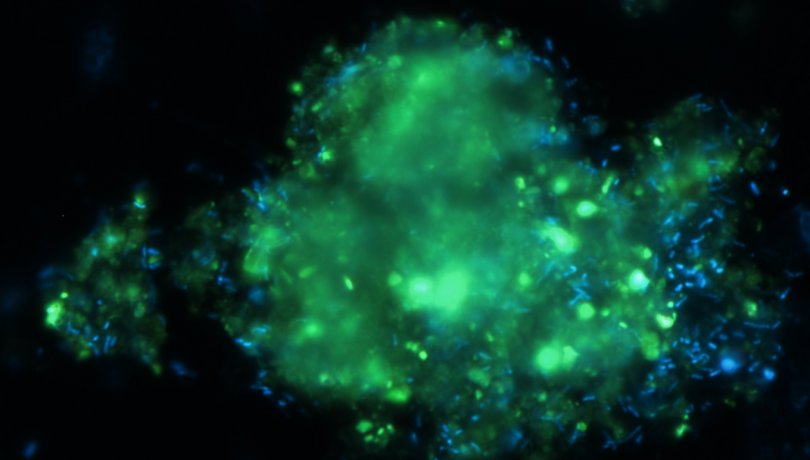Most of sea life is on the illuminated surface (first 200 meters), while the deep ocean (up to 4,000 meters deep) is almost empty. A study led by the Institute of Marine Science (ICM-CSIC) has found that, despite the differences between these regions, the microbial biodiversity of both is intimately connected. The results of the study, which are published in the journal Proceedings of the National Academy of Science (PNAS), help to better understand the functioning of the planet and the great dispersal capacity of microorganisms.

Most of sea life is on the illuminated surface (first 200 meters), while the deep ocean (up to 4,000 meters deep) is almost empty. A study led by the Institute of Marine Science (ICM-CSIC) has found that, despite the differences between these regions, the microbial biodiversity of both is intimately connected. The results of the study, which are published in the journal Proceedings of the National Academy of Science (PNAS), help to better understand the functioning of the planet and the great dispersal capacity of microorganisms.
Scientists from the ICM-CSIC, in Barcelona, and the King Abdullah University of Science and Technology, in Saudi Arabia, have reached these conclusions after analyzing the samples taken during the 2010 Malaspina Circumnavigation Expedition. "They key was to analyze the diversity of free microorganisms and those attached to particles in the water column and repeat it at various depths" says Mireia Mestre, researcher at ICM-CSIC. "Until now the connection of microbial communities along the water column has not been studied", she adds.
The sinking of organic particles formed on the sea surface occurs through the so-called particle snow, a mechanism that transports material to the deep ocean and also plays an important role in the carbon cycle, since it sequesters the carbon in the bottom of the ocean and prevents it from returning to the atmosphere.
Microbial biogeography
Scientists took samples at eight points of the Indian, Pacific and Atlantic Oceans. Through massive DNA sequencing techniques and bioinformatic tools, they characterized the marine microbial communities present in particles of different sizes and at different depths (from the surface to 4,000 meters deep).
Montserrat Sala, scientist at the Institute of Marine Sciences, points out that the "study shows that the particles falling from surface function as vectors that inoculate the microorganisms that are associated in the deep sea".
"Our work reveals that this mechanism of connection between surface and deep ocean through particles is very important, since between 80% and 90% of the species are found in both depths", highlights Josep M. Gasol, also researcher of this center. This fact, however, is more evident in the case of the microbial community associated with larger particles, which are those that sediment more quickly.
In addition, the work suggests that microorganisms that reach the depths from the surface determine the microbial biogeography of the deep ocean.
Microorganisms dominate ocean biomass and biodiversity, and have a key role in biogeochemical cycles, such as CO2 sequestration and carbon remineralization, among others. Without these processes there would be no life on Earth as it is known. Therefore, knowing the ocean microbiome helps to understand the biogeochemical processes that occur on a global scale. "In the same way that the human microbiome is important to know the metabolic processes and human health, knowing the planet microbiome is equally important, since it determines life on Earth", concludes Mestre.
The Malaspina Expedition
The 2010 Malaspina Circumnavigation Expedition, a project directed by CSIC that integrates more than 400 scientists from around the world, started on December 2010 with the departure from Cádiz port of the oceanographic research ship Hespérides, of the Spanish Navy. On board this ship, researchers took nearly 200,000 samples of water, plankton, atmospheric particles and gases to study the biodiversity of the ocean and the impact of global change on the ocean ecosystem.
__
Article: Mireia Mestre, Clara Ruiz-González, Ramiro Logares, Carlos M. Duarte, Josep M Gasol y M. Montserrat Sala. Sinking particles promote vertical connectivity in the ocean microbiome. Proceedings of the National Academy of Science (PNAS). DOI: 10.1073/pnas.1802470115 (link)
__
Press release CSIC